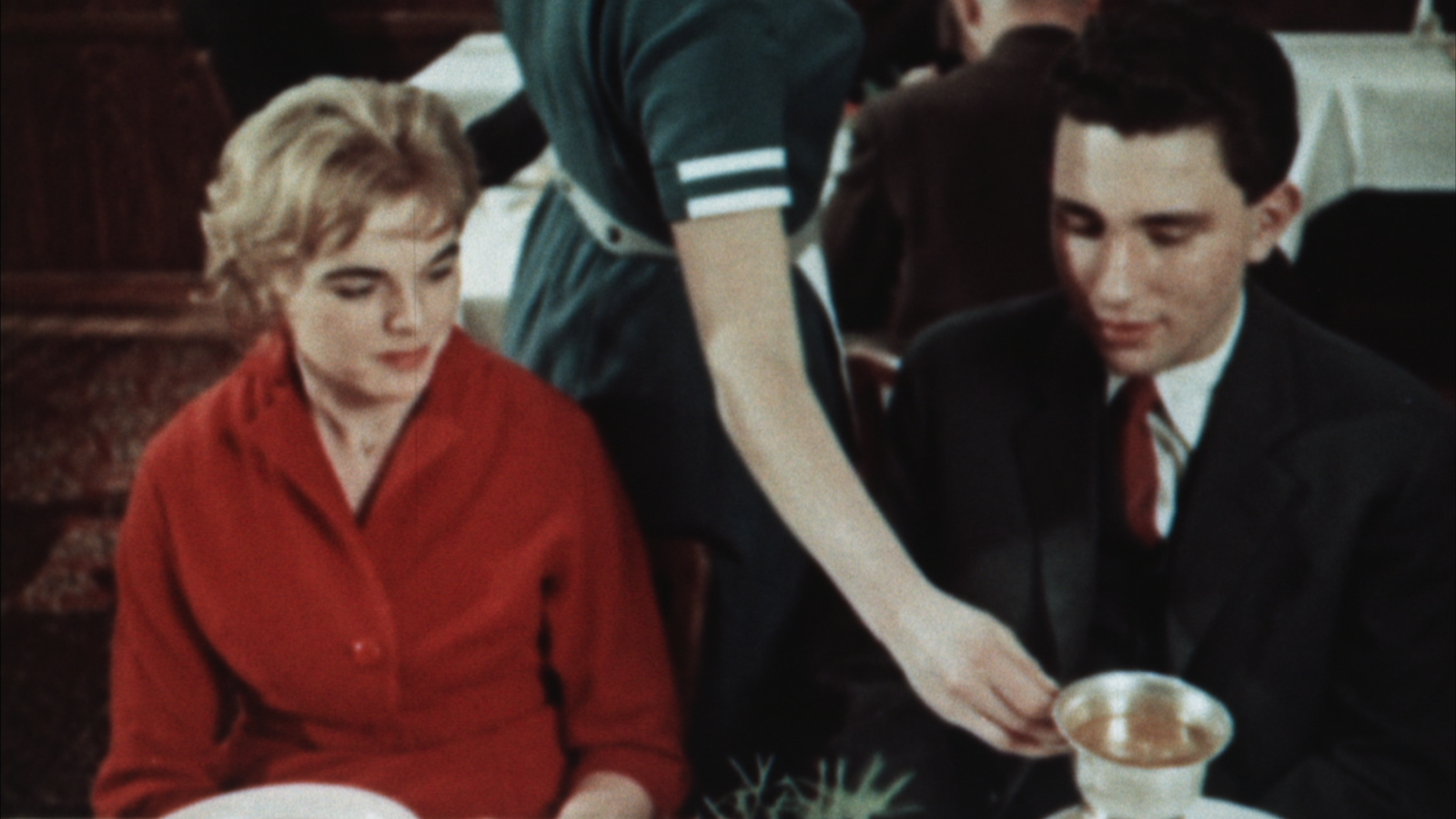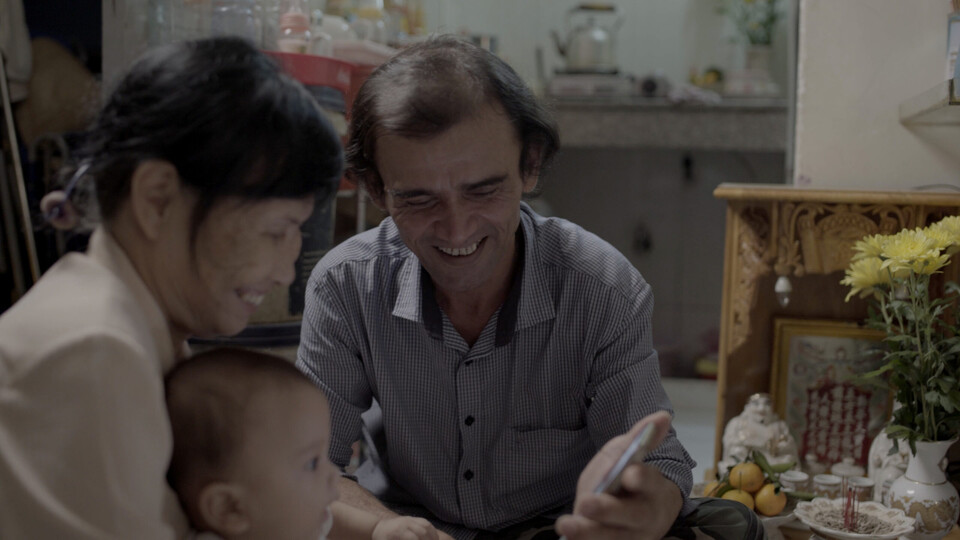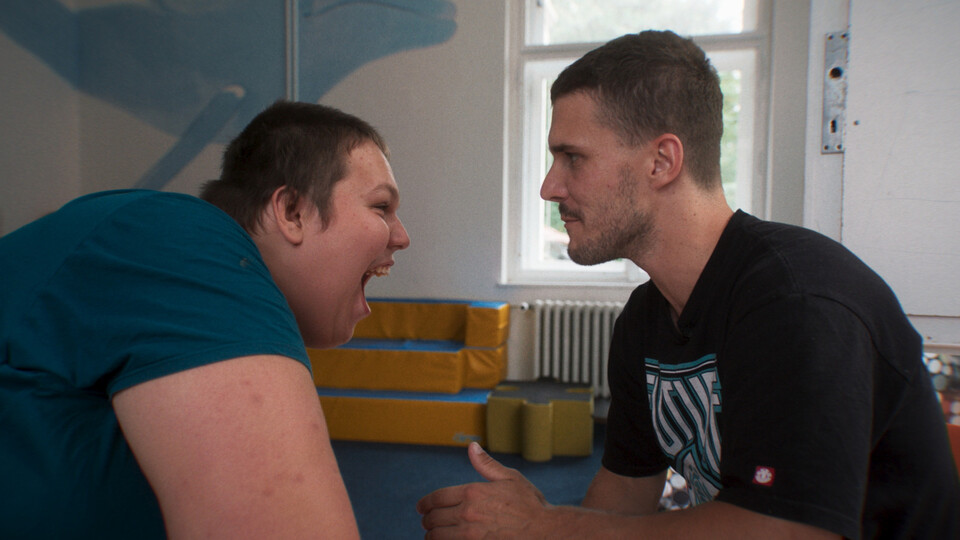Food as a mirror of social change
How does food reflect social change? This question is answered by the festival retrospective “Food and Epoch”, which focuses on cuisine, food, and eating across Czechoslovak history. “Food served as one of the most significant status symbols,” explains historian and expert on the history of food and nutrition, Martin Franc.
The retrospective Food and Epoch captures the transformations of Czechoslovak society through cuisine from the 1950s to the 1980s. How was the issue of food addressed in works from the 1950s?
Especially in the early 1950s, we were still struggling with a primary shortage of food, and at that time, for example, films were made about problems in distribution. In places, they sound very chilling; they are essentially warning films, so that no one would try to forge food ration cards and the like.
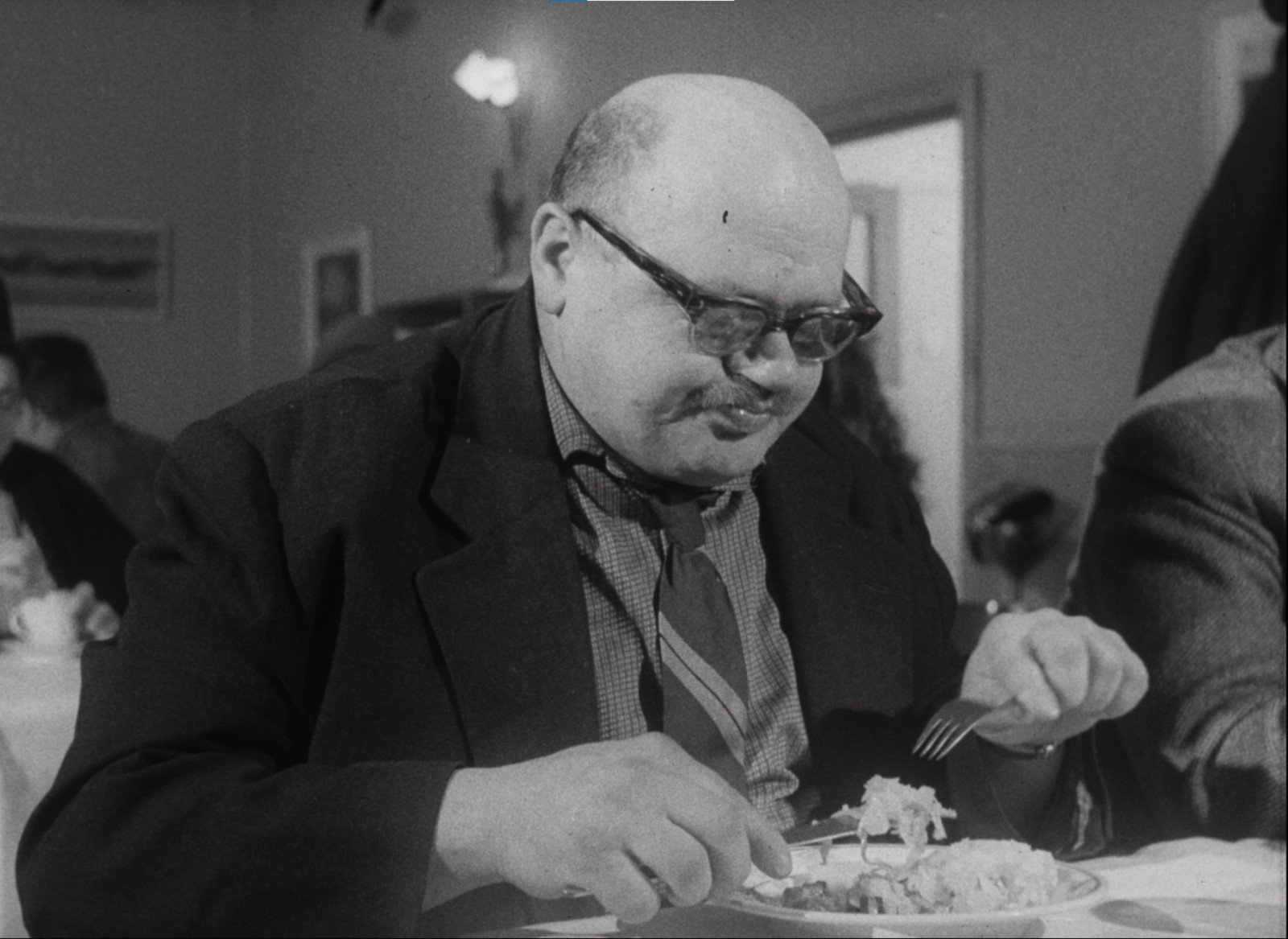 The themes of the struggle for resources changed somewhat in the second half of the 1950s, but the idea of limited resources and how to use them rationally remained. The programme includes, for example, a film about the use of frozen meat from 1956, which is no longer about the struggle for food, but still focuses on the issue of optimal use of resources.
The themes of the struggle for resources changed somewhat in the second half of the 1950s, but the idea of limited resources and how to use them rationally remained. The programme includes, for example, a film about the use of frozen meat from 1956, which is no longer about the struggle for food, but still focuses on the issue of optimal use of resources.
The 1960s were more relaxed.
I would highlight two factors from the 1960s. At the end of the 1950s, the problem of overconsumption of food and obesity began to emerge, which was reflected in films in the 1960s and later. In retrospect, we find the film Stoutness Means Dignity, which takes a very critical view of the problem of obesity.
The second major theme of the 1960s is the advent of the consumer society. In terms of food, it is no longer a question of primary satiation and optimal use of resources, but of creating a true gastronomic culture.
At the same time, cooking shows emerged during this period. For example, the programme The Chef is Cooking is interesting in that it featured top chefs from leading establishments, but at the same time, it also had an advertising subtext. It was produced in collaboration between Czechoslovak Television and the General Directorate of Food Trade.
The chefs often cooked with surplus food, and also used various semi-finished products, such as sterilised vegetables. The programme began broadcasting in 1963, when there were major problems with the supply of animal products in particular.
“Films from the beginning of that decade are very idealised, but here we are suddenly thrown into the authentic environment of a canteen kitchen, without any embellishment.“
The original aim was to offer suitable substitutes that would maintain the illusion of prosperity in a consumer society. For example, game was recommended, as it was more common than pork. However, this only lasted for a short time, as it was discovered that game could be exported to the West, and was a better export item than, for example, cars. As a result, there was a great shortage of game.
Later, the show transformed into a purely consumerist gastronomic culture, and a look at world gastronomy. For example, the programme significantly reflected participation in the 1967 EXPO world exhibition in Montreal. Later, various celebrities appeared on the show, alongside renowned chefs. At Ji.hlava, we will show an episode where Hana Hegerová cooks.
What did the 1970s bring?
The 1970s were a scattered period in which efforts to penetrate Western gastronomic culture receded. At the end of the 1970s, and later in the 1980s, various critical voices began to be heard in film. I would highlight two films from this period, the first being Jan Špáta's Dispute Over a Pig, about the issue of pork.
This is a phenomenon closely associated with the 1970s, when the state’s great success in ensuring sufficient food supplies was guaranteed by self-sufficiency in pork.
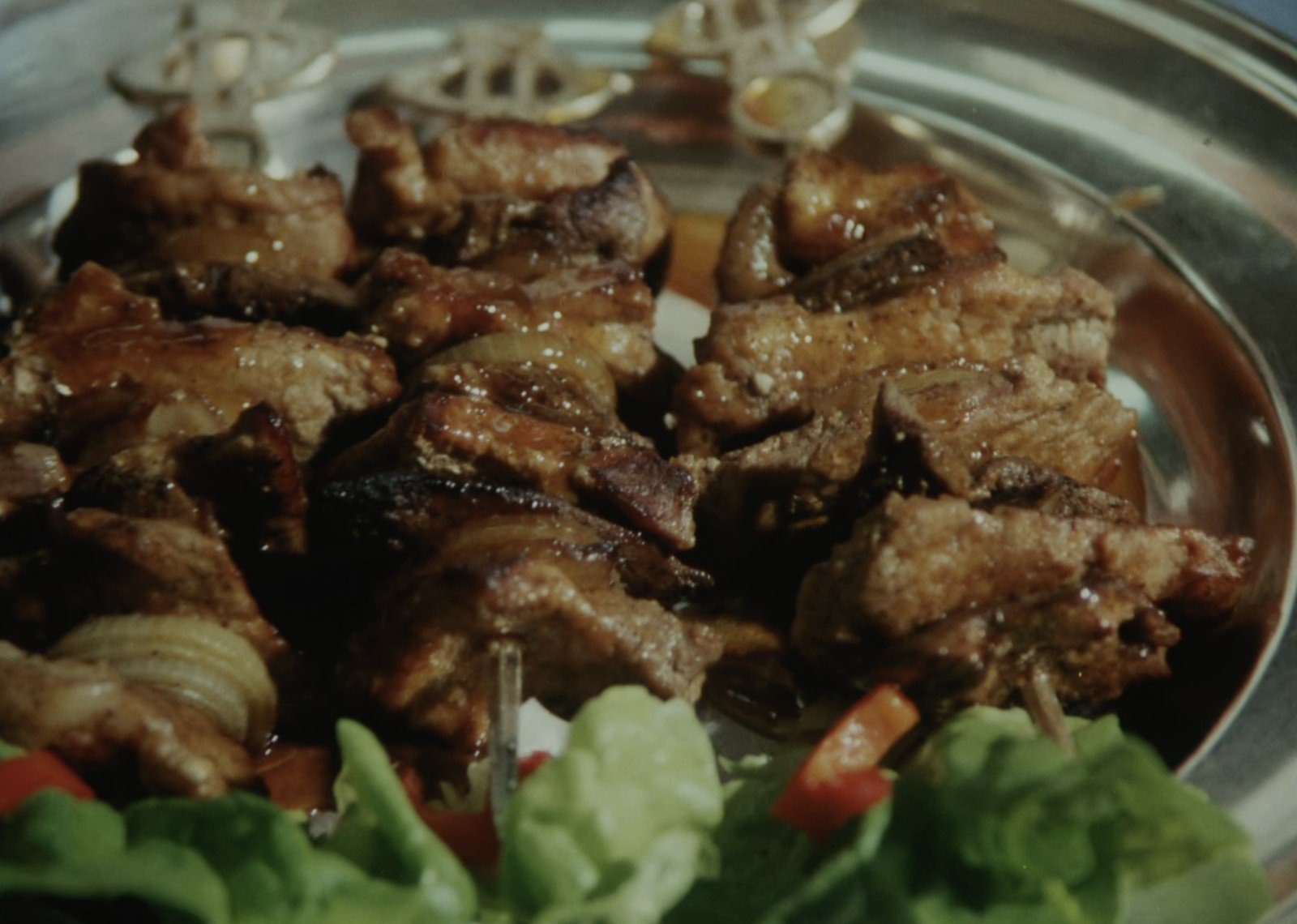 If there was any type of meat in short supply in the 1950s and 1960s, it was pork, which was also the most sought-after meat on the Czech and Slovak markets, due to tradition. The pressure on pork quantity was enormous, which was, of course, contrary to ideas about healthy nutrition.
If there was any type of meat in short supply in the 1950s and 1960s, it was pork, which was also the most sought-after meat on the Czech and Slovak markets, due to tradition. The pressure on pork quantity was enormous, which was, of course, contrary to ideas about healthy nutrition.
Due to the enormous pressure on quantity, quality suffered. The meat was very fatty, and contributed to obesity. Dispute Over a Pig deals with these issues in a very interesting way, and is also a visually impressive work.
I would also like to highlight the film Dukovany – A Boiling Cauldron by Drahomíra Vihanová, which does not actually deal with food as such. It is a very raw insight into the world of female employees in the canteen at the Dukovany nuclear power plant, which contrasts sharply with how canteens are portrayed in films from the 1950s.
Films from the beginning of that decade are very idealised, but here we are suddenly thrown into the authentic environment of a canteen kitchen, without any embellishment.
“Especially in the 1950s, the emphasis is on quantity, and we see shelves full of food, which is intended to satisfy the audience.“
The 1980s remain.
I would like to mention the television cooking shows again. For example, there was a series in Brno called Come to Our House for Dinner, where various well-known personalities cooked. This is typical of the normalisation period, when professional cooking disappeared. Suddenly, no one was interested in it, and the field was dominated by amateur celebrities.
If it works out, we will feature two celebrities at Ji.hlava who were famous for their relationship to cooking at the time. The first is singer Eva Pilarová, who explains the contemporary idea of what a healthy diet should look like. The second celebrity chef was presenter Vladimír Dvořák, who had been known since the 1960s as a great promoter of Chinese cuisine.
Is there a food that regularly appears across decades in retrospect?
Meat is often mentioned, of course not from the perspective of vegetarianism, or even veganism, but quite the opposite. Meat was what people craved, and what they missed. From the 1950s to the 1980s, meat was perceived as the cornerstone of the diet.
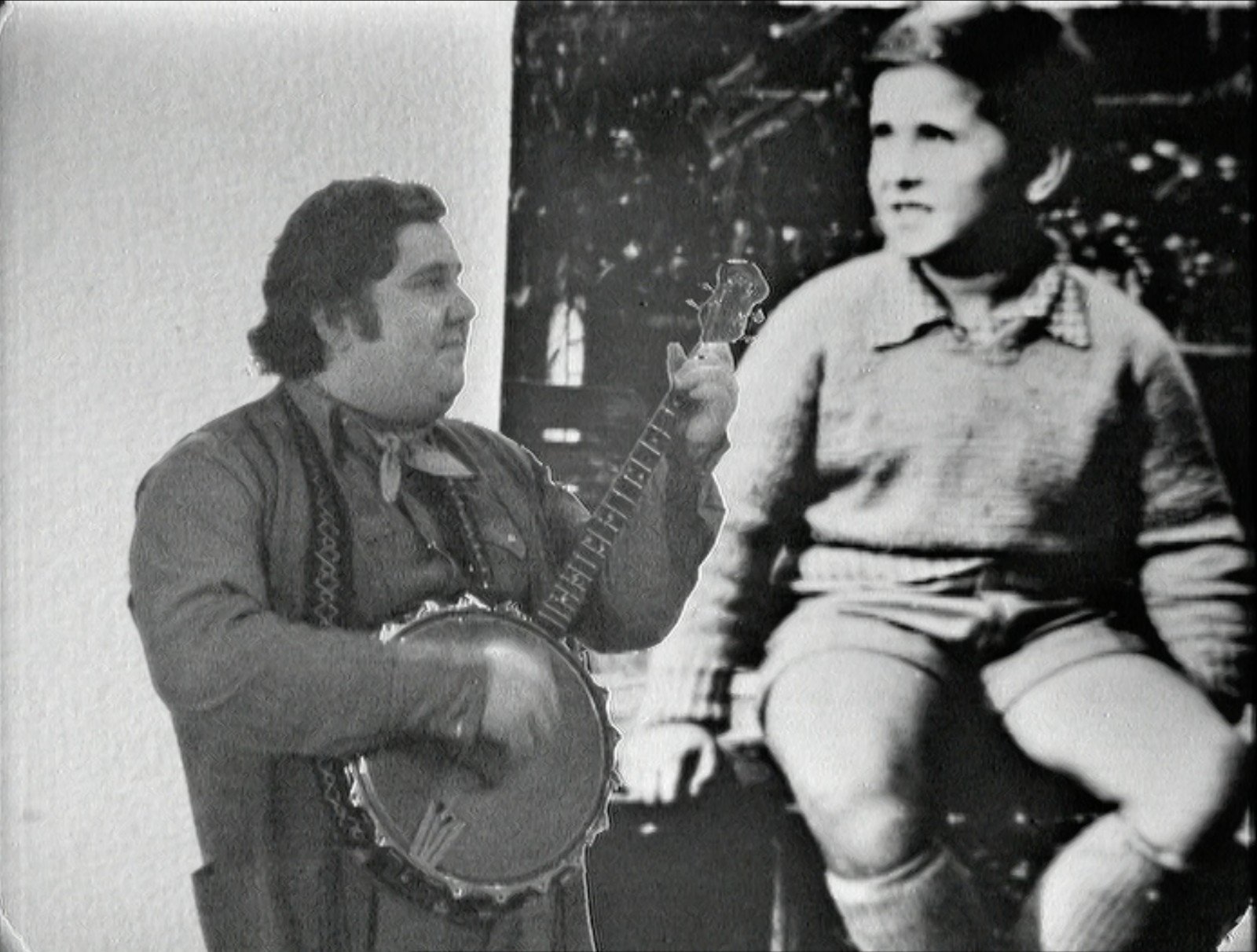 Do you notice any trends in the formal depiction of food across the retrospective?
Do you notice any trends in the formal depiction of food across the retrospective?
We work with a very wide range of genres. On the one hand, there are often formally rigid educational instructional films, such as Vladimír Voves’s A Festive Lunch. In it, all attempts to liven up the film seem comical. On the other hand, the retrospective also includes passionate debates, whether about obesity or pigs. The differences are very striking, and cannot be linked solely to the period, but rather to the genre.
A major theme in documentary films about food is the visual aspect of food. We also see how trends change. In A Festive Lunch, many viewers find it strange to see how thick the layer of fat is, in which the breaded cutlet is fried.
The film captures a visual preference for fat, which symbolises abundance. In fact, the entire film is based on abundance, as we see huge halls full of frozen pork. Today, this seems a little obscene to us, but it is an atavistic fondness for abundance that people still often seek today.
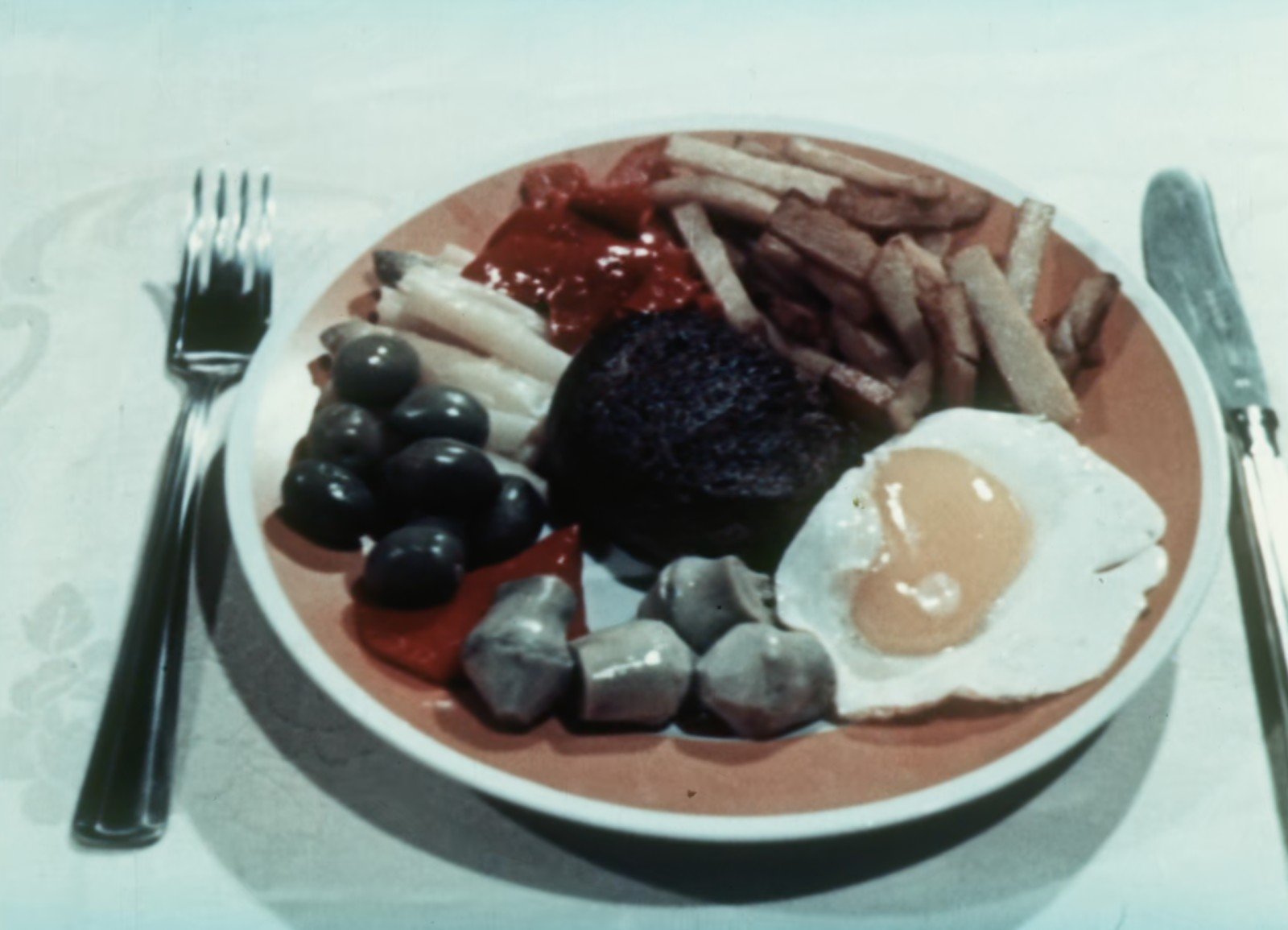 It is also worth mentioning the extent to which films use appealing ways of depicting food. Especially in the 1950s, the emphasis is on quantity, and we see shelves full of food, which is intended to satisfy the audience. We will also show a film dedicated to co-operative distribution and food production, created by Ludvík Toman, a shadowy figure in Czech cinema during the normalisation era. In this film, too, we can see that things are moving in the right direction, and that there is plenty of everything.
It is also worth mentioning the extent to which films use appealing ways of depicting food. Especially in the 1950s, the emphasis is on quantity, and we see shelves full of food, which is intended to satisfy the audience. We will also show a film dedicated to co-operative distribution and food production, created by Ludvík Toman, a shadowy figure in Czech cinema during the normalisation era. In this film, too, we can see that things are moving in the right direction, and that there is plenty of everything.
This motif also appeared in films of the time. For example, the Soviet film Kuban Cossacks was very popular, in which, in addition to a completely banal love story, we see waving fields of grain, huge quantities of grain being poured out, and a flood of melons. There is plenty of everything.
What is the status of food and dining history in today’s historical discourse?
Interest in these topics has grown, but the field is still slightly underestimated as something undignified.
This is particularly evident in the case of food, with some historians, especially older ones, perceiving this topic as something vulgar that should be treated as a mere ornament once more important issues have been resolved. Not only among experts, but also among laypeople, the enormous role that food and eating have played, and continue to play, in society is sometimes underestimated.
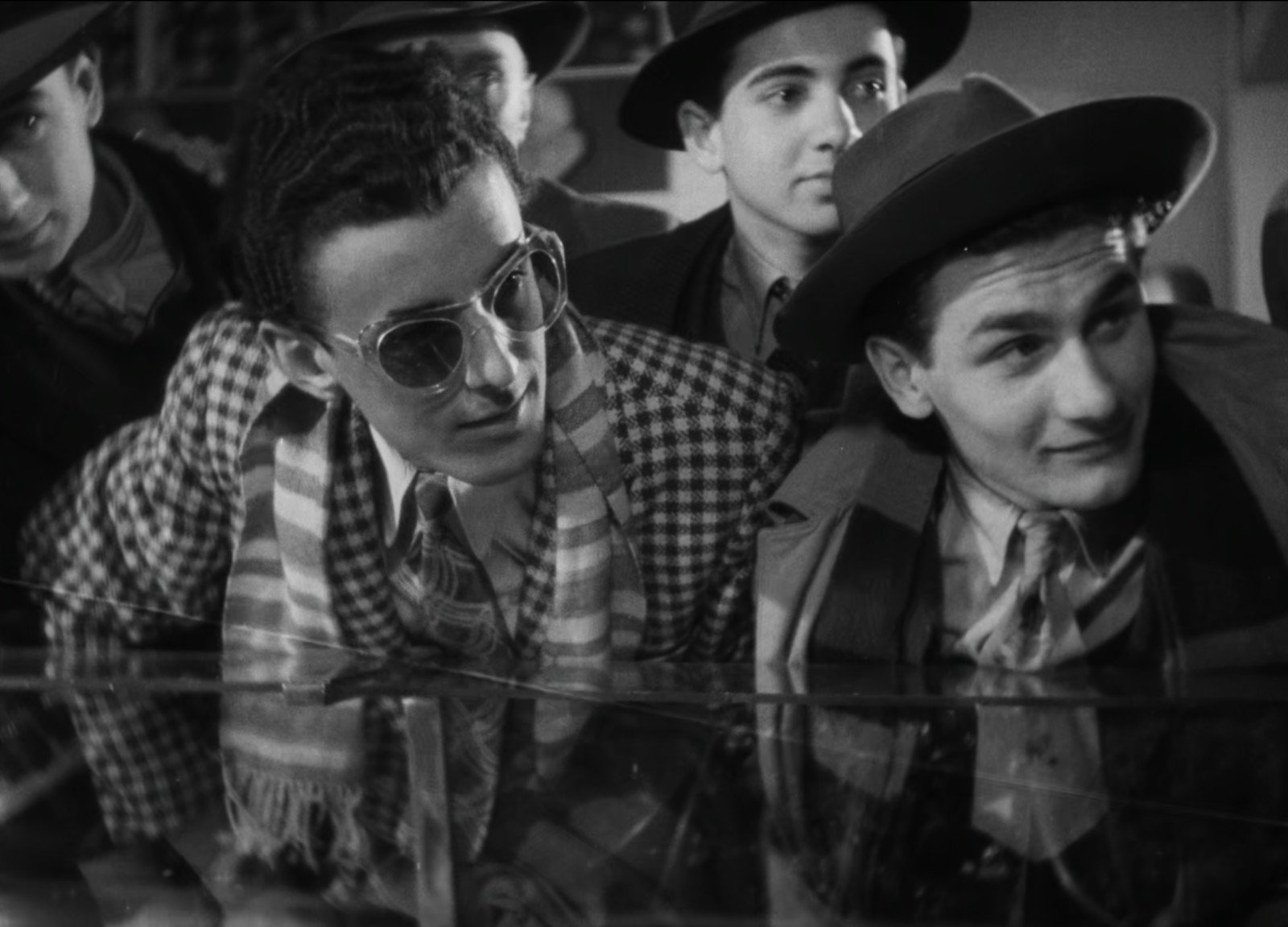 In the 1950s, and partly in the 1960s, the average household spent about half of its income on food and groceries. It is important to realise how social changes and relationships were reflected in eating habits, given their significance.
In the 1950s, and partly in the 1960s, the average household spent about half of its income on food and groceries. It is important to realise how social changes and relationships were reflected in eating habits, given their significance.
Food functioned as one of the most prominent status symbols, partly because, from around the end of the 1950s, it was one of the commodities where various consumption strategies emerged – demonstrative or status consumption.
People had easier access to food, because other goods that often compete with food today were not available on the market at all. This made it easier for them to accept the fact that food was more expensive in relation to their income than it is today.

